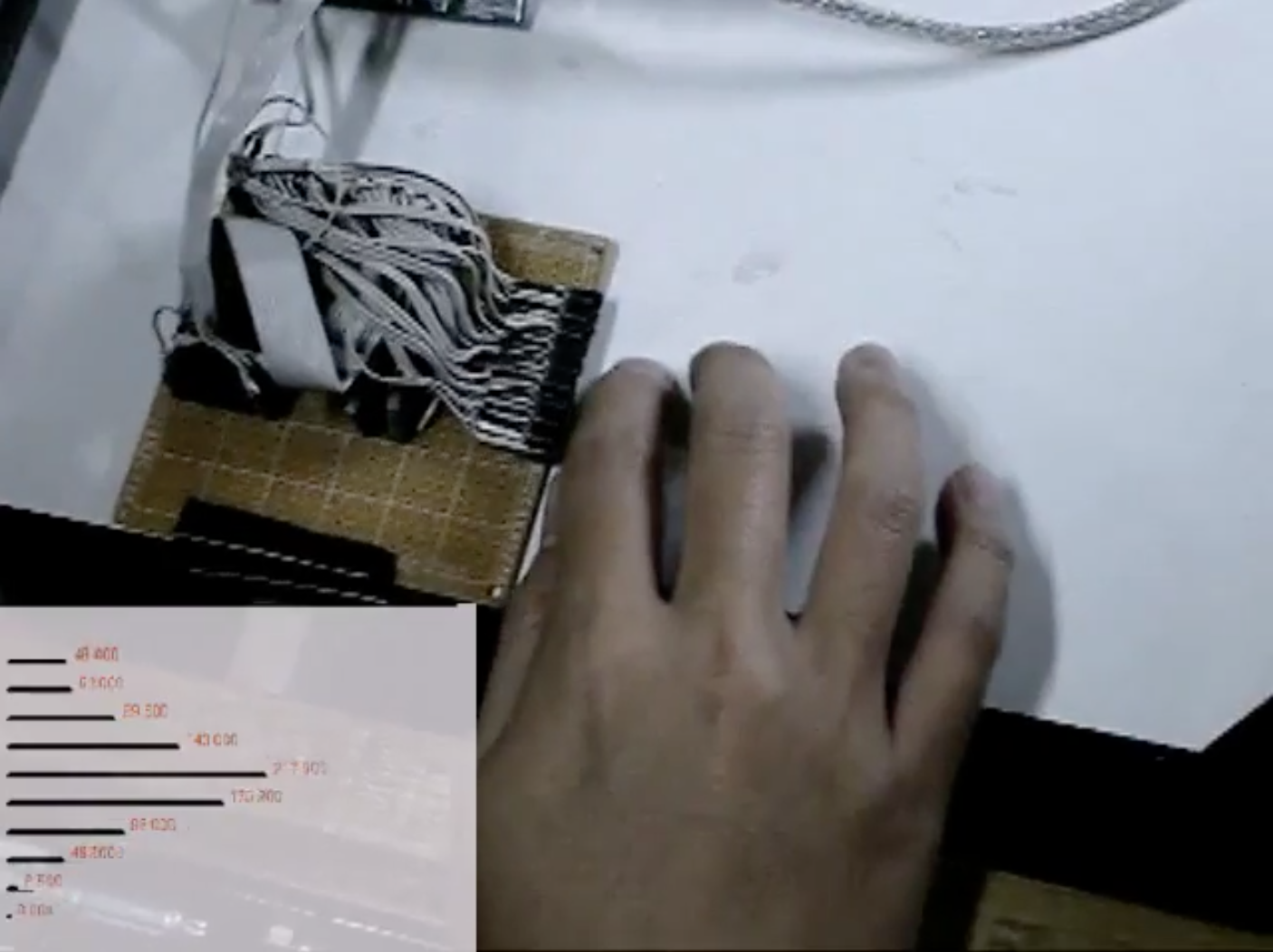Virtual Mouse, 2011
A development of Proximity Based Gestural Pointing Device
Sheng Kai Tang
User Experience Design, ASUS
Abstract
What if the affordance of a device is totally removed? Without physical and visual clues, will users still be able to perform tasks as usual? In order to discover these questions, we propose a new pointing device named “Virtual Mouse”. Unlike conventional computer mouse, Virtual Mouse doesn’t have physical form for users to manipulate. Instead, by using a hand moving and tapping on the desktop surface, users are capable of controlling the mouse cursor and triggering button functions intuitively. Technically, we implement a proximity-sensing bar and a pattern recognition algorithm to demonstrate our proposed concepts. The proximity-sensing bar consisted of ten IR transceivers collects digital signals representing the contour of a hand nearby. The pattern recognition algorithm and a state machine further recognize collected signal patterns and their transitions. Finally, these patterns and transitions are mapped to cursor movements and button functions.
Publication
Tang, S.K., Tzeng, W.C., Chiu, K.C., Luo, W.W., Lin, S.T., and Liu, Y.P.: 2011, Virtual Mouse: A Low Cost Proximity Based Gestural Pointing Device. HCI International
2011. Tang, S.K., Tzeng, W.C., Chiu, K.C., Luo, W.W., Lin, S.T., and Liu, Y.P.: 2011, Virtual Mouse: A Low Cost Proximity Based Gestural Pointing Device. TEI2011 Workshop.
